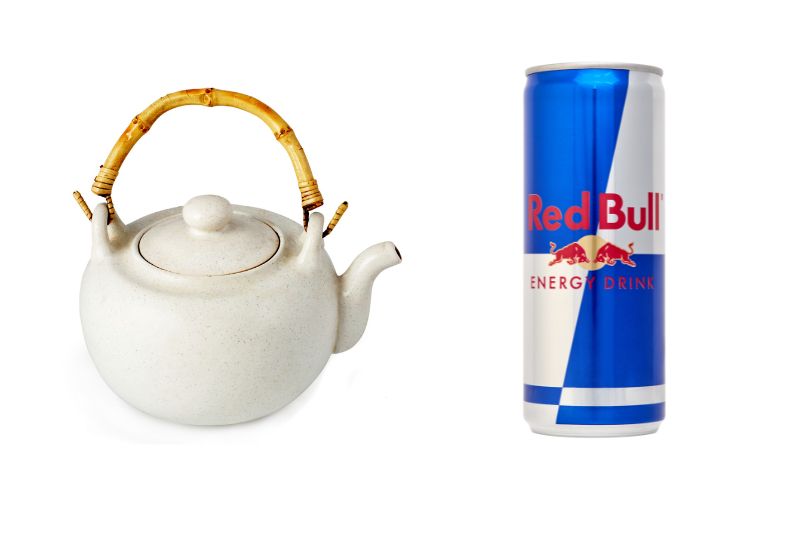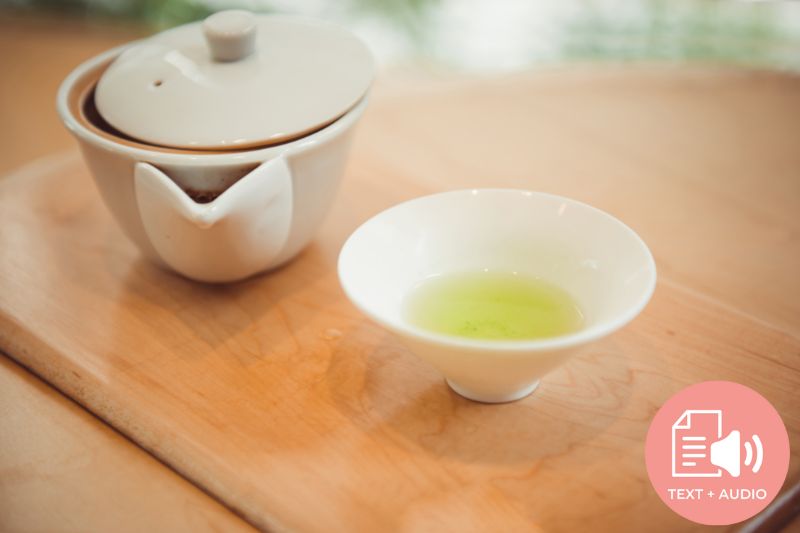About Stinging Nettle Tea
Stinging nettle tea comes from nettle shrubs that are native to Eurasia but are widely distributed throughout all the temperate regions of the world. The benefits of stinging nettle tea have been known as early as ancient times, when ancient Egyptians reportedly used the infusion for the relief of arthritis and lumbago, while Roman troops and English were said to wash themselves with stinging nettle to keep themselves warm.
To make stinging nettle tea, the leaves, stem, or root from the stinging nettle plant are crushed and then dried, which can also be done with the nettle's flowers. This type of tea is a staple in Western countries. Like any other tea, stinging nettle tea can be bought loose or in teabags, but you can also grow or harvest the leaves yourself. On how to prepare your stinging nettle tea with fresh leaves, the preferred method is by adding two cups of water for every cup of leaves and bringing the water just to a boil. Turn off the stove and let the tea sit for five minutes, then pour the mixture through a strainer. An option is to add a bit of honey, cinnamon, or stevia, if you like.
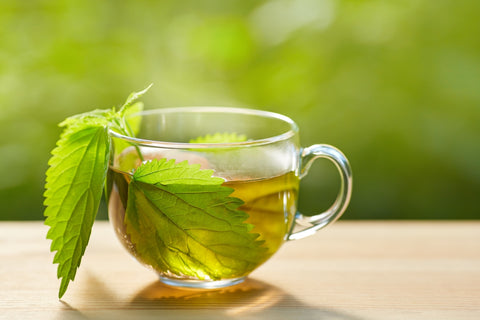
The plant itself has heart-shaped leaves and yellow or pink flowers, but the stem is covered in tiny, stiff hairs that release stinging chemicals when touched. Its scientific name is Urtica dioica, with a genus name from Urtica, which is derived from uro, meaning to burn, or urere, meaning to sting, while the stinging nettle species name dioica is Latin for "two houses", from the Greek word oikia, meaning house, and refers to the plant’s dioecious nature, bearing male and female flowers on separate plants.
Stinging nettle tea has lots of medicinal benefits and uses and is considered to help as a diuretic, antihypertensive, anti-diabetic, hemostatic, anti-asthenia, anti-anemic, antispasmodic, antirheumatic, for headaches and chills, as well as treatment for spleen, renal, and dermal disorders. Stinging nettle teas are also being used as treatments for rhinitis and seasonal allergies. They are also used as a treatment for anemia thanks to their high content of iron and trace elements.
In modern times, stinging nettle tea may help flush harmful bacteria from the urinary tract. Also, the Arthritis Foundation suggests that stinging nettle tea may also reduce the inflammation and pain associated with osteoarthritis. As a beauty case, stinging nettle teas also contain potent antioxidants, which are substances that protect the body from aging and cell damage.
About Benifuki Green Tea
Benifuuki, on the other hand, is also considered an herbal green tea that is primarily used as an anti-allergy, having the highest concentration of catechins of all green teas. This tea has a high concentration of a special variety of catechin called methylated epigallocatechin gallate, which works in the body to block histamines. This tea is also helpful against hay fever, atopic dermatitis, eczema, histamine reduction, improved metabolism, liver function, and weight loss. This cultivar was originally meant for black tea and oolong but is now also being processed as green tea. Benifuuki, however, contains only a relatively small number of other important nutrients that are found in any other Japanese green tea; therefore, Benifuuki tea is rather considered a specialist addition to the traditional Japanese green teas for health benefits.
While stinging nettle tea has been used popularly since ancient times, benifuuki tea is a special cultivar of Japanese green tea that was introduced in the Japanese market by Japanese breeders only in 1993. Benifuuki is actually a hybrid plant that was a byproduct of crossbreeding Benihomare, an assamica variety that is mostly found in India and Sri Lanka, with MakuraCd86, usually coming from India but a sinensis variety that is popular in China and Japan, in Makurazaki city, Kagoshima prefecture, in 1965. The right seedling was selected after so many years and registered only in 1993. It was originally developed as a mellow, aromatic black tea, but it was thereafter discovered that it could be harvested as a green tea health beverage. It literally means "red riches and honor" in Japanese. Being a Camellia sinensis species, it is also sometimes called the "Japanese oolong".
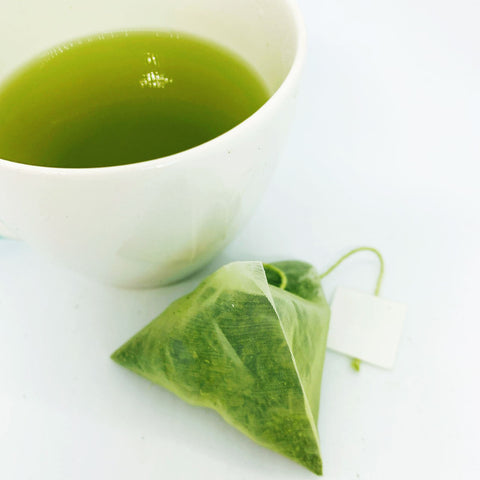
Its flowers and leaves are larger than the more popular cultivar for Japanese green tea, which is the yabukita. Banifuuki leaves have three stems. The tea is not shaded because the sunlight allows for a higher catechin content, is easily fermented, and provides a 30% higher yield than the Yabukita tea plants. Benifuuki leaves are also easy to plant and harvest since they show a particularly high resistance to disease and can be grown using only very small quantities of pesticides. Tea plants in Japan are usually prone to many diseases and pests, but the Benifuuki tea plant is highly resistant, such that farmers use fewer pesticides on it, with substantially fewer harmful residues in the Benifuuki green tea.
It has a clearly bitter and strong flavor. The final processing of harvested leaves does not occur immediately, unlike other normal Japanese green teas. Benifuuki leaves are usually stored for around 3 months and fermented in the dark at low temperatures. Only thereafter can the usual further processing, just like any ordinary Japanese green tea, be done by intensive hot steaming, rolling, and pressing of the leaves; thus, the best benifuuki tea to buy is that harvested a season before. For example, in early 2020, one should look to buy tea from the 2019 autumn harvest.
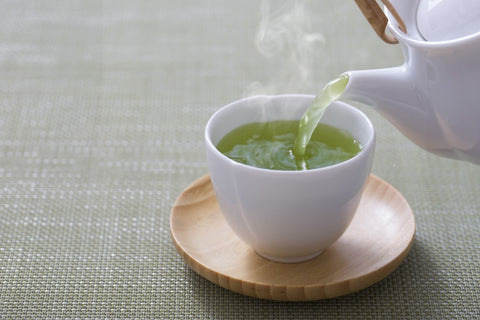
Benifuuki also comes in powder or loose-leaf tea varieties. In Japan, Benifuuki is taken as a powder in combination with tea since the catechins and bitter substances are relatively poorly soluble in water. However, the advantage of benifuuki loose tea leaves is that, in a relatively short period of time, the powder becomes toxic after preparing it and should be consumed right away. On the other hand, the benifuuki loose tea leaves allow for a longer shelf life and can still be refrigerated for a few days.
Buy Benifuki Tea
Get Free Bonus Books

Sign up for free to the Green Tea Club to get advice and exclusive articles about how to choose Japanese Tea, and tips, tricks, and recipes for enjoying Japanese tea.
About the author
Kei Nishida
Author, CEO Dream of Japan
Certification: PMP, BS in Computer Science
Education: Western Washington University
Kei Nishida is a passionate Japanese green tea connoisseur, writer, and the founder and CEO of Japanese Green Tea Co., a Dream of Japan Company.
Driven by a deep desire to share the rich flavors of his homeland, he established the only company that sources premium tea grown in nutrient-rich sugarcane soil—earning multiple Global Tea Champion awards.
Expanding his mission of introducing Japan’s finest to the world, Kei pioneered the launch of the first-ever Sumiyaki charcoal-roasted coffee through Japanese Coffee Co. He also brought the artistry of traditional Japanese craftsmanship to the global market by making katana-style handmade knives—crafted by a renowned katana maker—available outside Japan for the first time through Japanese Knife Co.
Kei’s journey continues as he uncovers and shares Japan’s hidden treasures with the world.
Learn more about Kei
